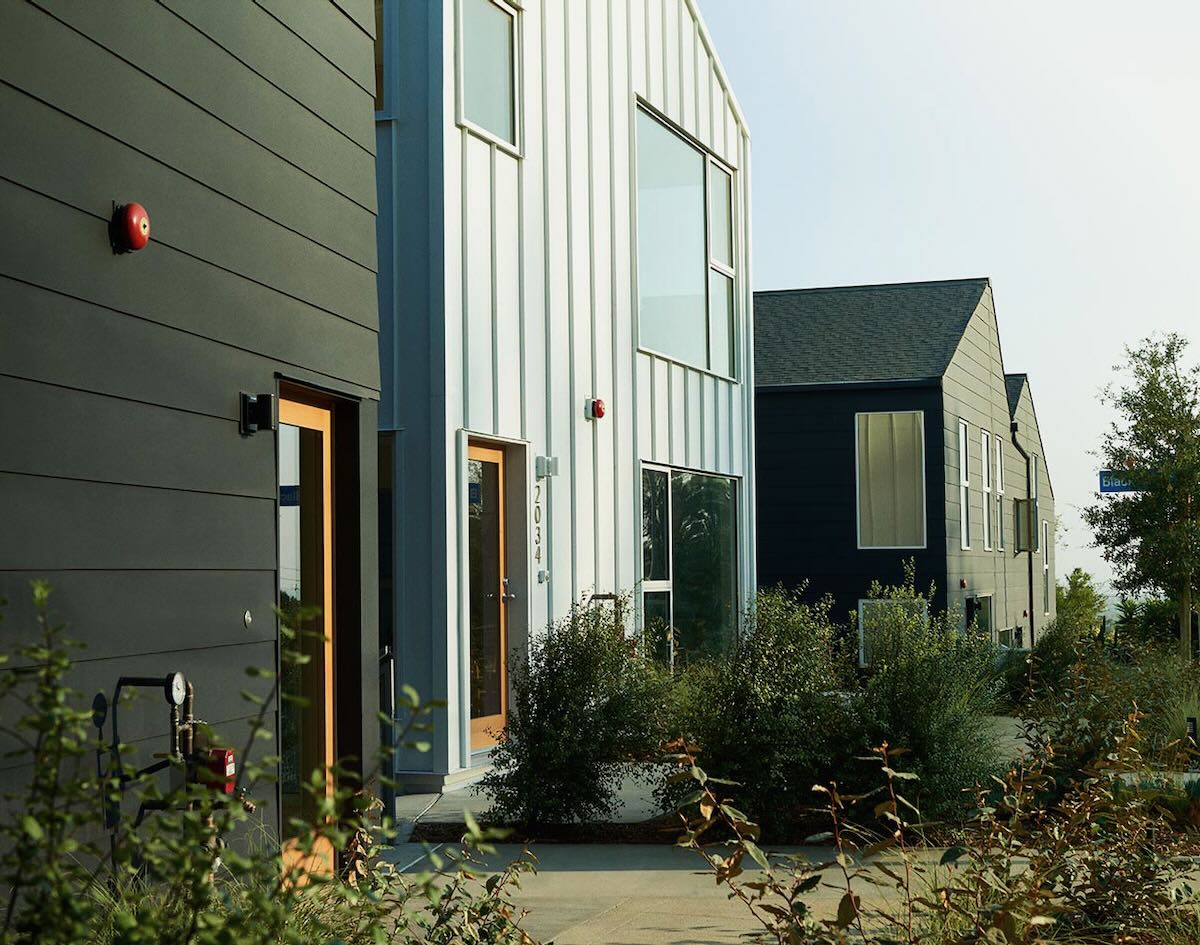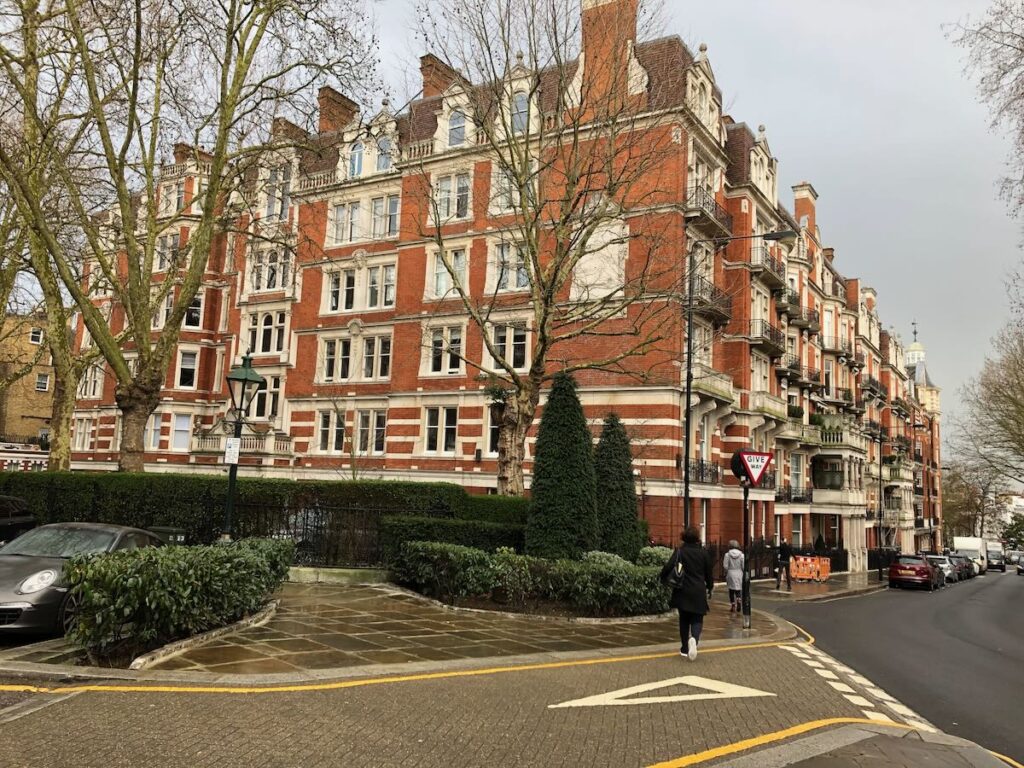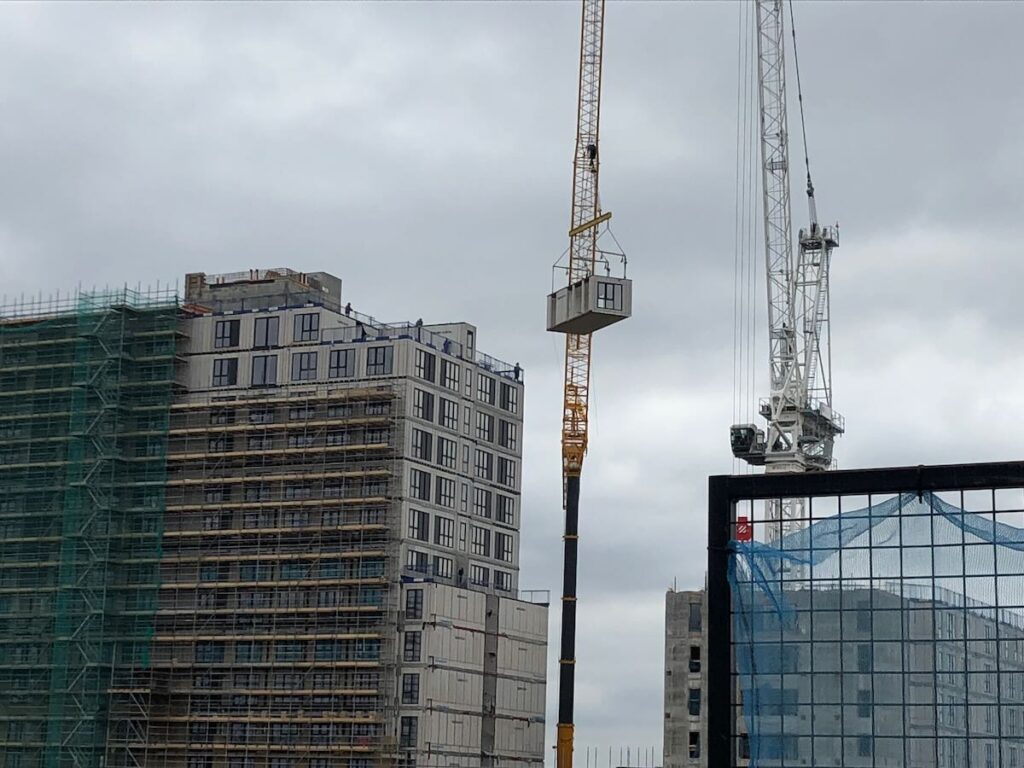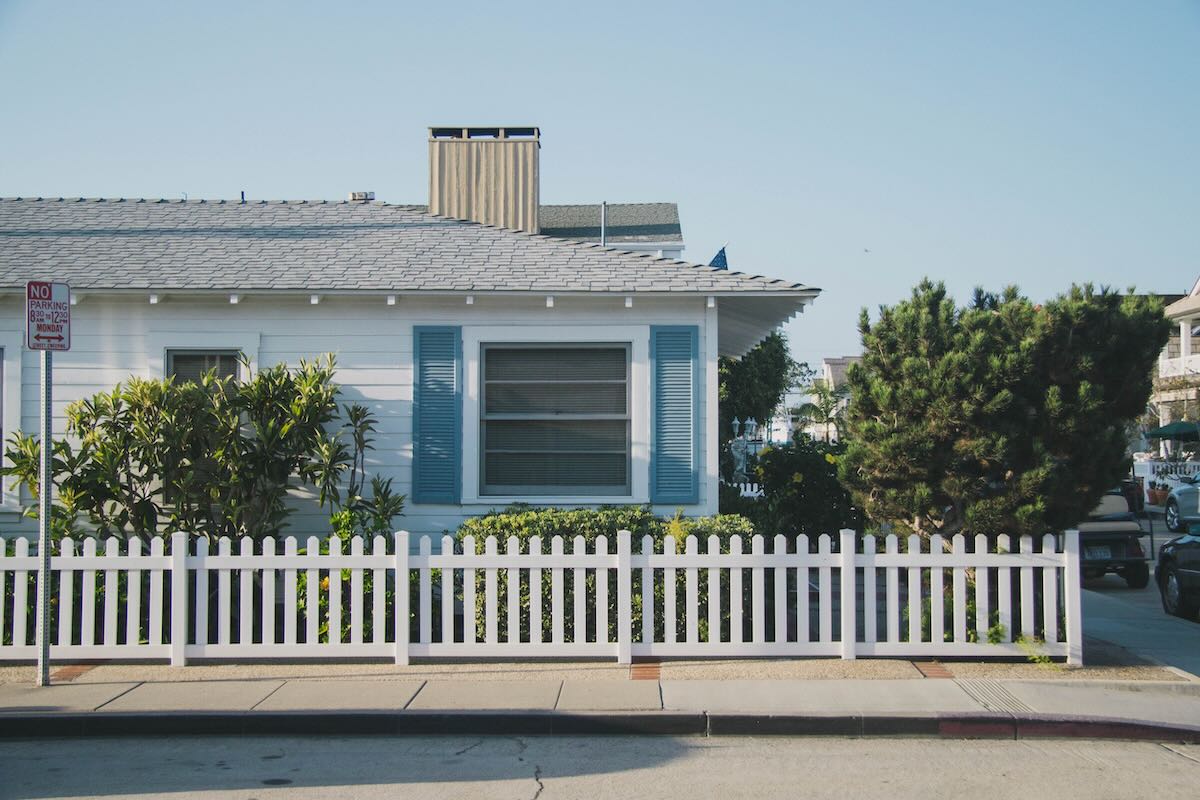Cities and Towns – Obstacles to Housing Affordability

I will return to Vienna to look at its affordable housing model. First, I have to address some of the issues that make solving the affordability crisis complex. For many years, multiple levels of government focused on “capacity to buy”. Think of the programs:
- Home owner savings plans and access to retirement savings plans for down payments
- Lower interest rates
- Lower down payments
- Longer mortgage amortizations
- Diminished lending criteria – debt service ratios allowed to drift upwards
- Municipal home ownership incentives such as tax holidays and rent-to-own schemes
All of these initiatives sell the dream of home ownership and drive demand. So, prices rose and previously contented renters started to feel like they were missing out. Consequently, even more demand as consumers clamour to get on to the property ladder or worry about getting priced out of the market.
But what about supply?
All the while governments have effectively acted to constrain supply. In Toronto, it can take eight to ten years after raw land acquisition for the first shovel of dirt to be turned on a new development. This may be an exceptionally long wait period, but five or six year delays are commonplace across Canada. Interest costs, real estate taxes, planning professionals’ fees, and hours and hours spent with civil servants and politicians accumulate. Long waits mean higher land costs before that first turn of the dirt.
The False Density Issue
Then, there is so much resistance to increasing urban density. Many of the resistors fancy themselves as environmentalists. Delusional! Cities continue to grow! If we don’t densify, there is only one alternative. More urban sprawl that chews up agricultural land, forests, and parkland. Development pushes out beyond available public transport. So, more cars on the road creating more air pollution. Now, not all density has to be in high rise buildings. Consider the four to six storey buildings in dense neighbourhoods in Paris, London, Vienna and other European cities. Think of the density achieved with three storey buildings in Montreal’s inner city neighbourhoods such as Plateau Mont-Royal and Villeray.

Exclusionary Zoning
Toronto has zoned almost seventy percent of its territory for single-family, detached housing. Similar percentages prevail across North American cities. As already noted above, single-family zoning chews up acres of forest and agricultural land. It restricts the amount of land available for parks and recreational areas. And, it curtails the development of much needed housing. According to relatively recent Statistics Canada data, there are 564,000 detached single-family homes on the island of Montreal. If only 25% of homeowners chose to densify their lots by one additional unit over the next ten years, this would add 116,000 homes to existing inventory.
Slow Adoption of Construction Advances
Acceptance and implementation of new building technology, techniques, and materials takes time. Why? Trade union resistance, man-power retraining, building code revisions, and vested-interest “no change” industry lobbying all require attention. Then maybe we will see:



- Many more factory built units that can be assembled quickly. At Greenford Quay in London factory built, fully-decorated units with appliances in place were assembled into a 2000-unit apartment community. This development sits on a former industrial site that has significant green space and a greened and renewed portion of the Grand Union Canal. Visit the web site. The gallery above shows fully finished units plus on the right, a module being put in place.
- Brick laying robots
- More use of alternate building materials
Poor urban planning and NIMBYs deserve their own post. Delivery – sometime over the next few weeks. I can’t spend too much time all at once on these topics – bad for my blood pressure. And, I promise, I will return to Vienna.





